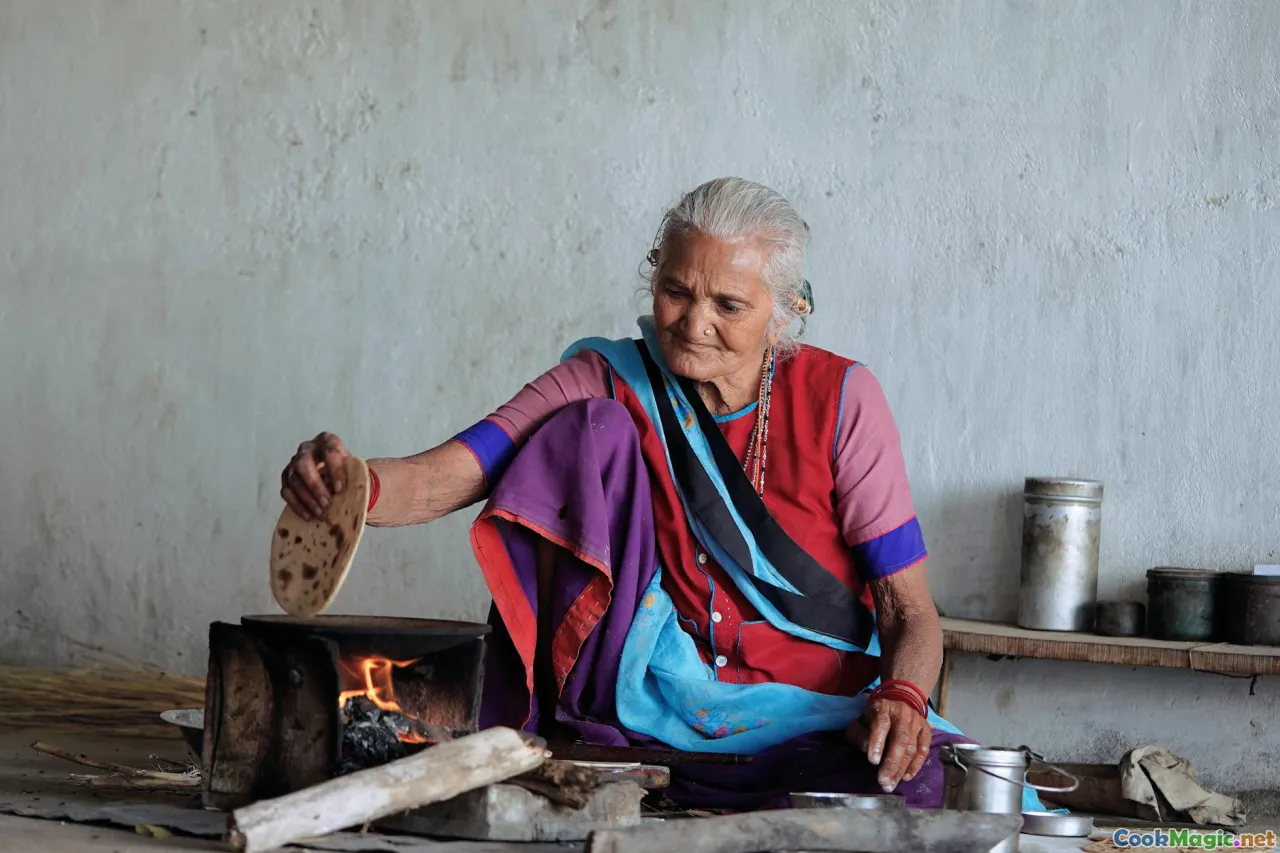Step by Step Roti Techniques for Trinidadian Dishes
8 min read Master the art of making authentic Trinidadian roti with this detailed step-by-step guide, blending tradition, flavor, and technique. April 28, 2025 04:00
Step by Step Roti Techniques for Trinidadian Dishes
Introduction: The Heartbeat of Trinidadian Food
Imagine the bustling streets of Port of Spain, the aroma of freshly made roti wafting through the air, mingling with the spicy scent of curries and the sweet undertones of tropical fruits. Roti isn’t just bread in Trinidad; it’s a cultural symbol—an edible thread that connects generations, stories, and traditions. Whether served alongside a hearty goat curry or a simple chickpea stew, Trinidadian roti embodies warmth, community, and culinary artistry.
My own journey with roti began during a visit to a street-side stall in San Fernando, where an elderly woman expertly kneaded dough with practiced hands, her fingers dancing over the surface. That moment sparked a passion to learn and perfect this iconic flatbread, which has now become a staple in my kitchen. In this article, I will take you through the detailed, step-by-step process of making authentic Trinidadian roti—techniques passed down through generations, infused with love and cultural pride.
The Cultural Significance of Roti in Trinidad
Roti in Trinidad is more than just a food; it’s a reflection of the island’s diverse heritage. Brought by Indian indentured laborers in the 19th century, roti quickly intertwined with local flavors and culinary practices, creating a unique fusion. Over time, it has become a communal food enjoyed during family gatherings, street festivals, and Sunday meals.
From the soft, pillowy parathato the crispyroti canai, each style tells a story of migration, adaptation, and tradition. Trinidadian roti, typically unleavened and cooked on a griddle, is a testament to resilience and heritage—each bite a celebration of multicultural unity.
Ingredients: The Foundation of Perfect Roti
Before diving into techniques, gather your ingredients. Quality is key to achieving the authentic texture and flavor:
- All-purpose flour: 3 cups (preferably unbleached for better elasticity)
- Salt: ½ teaspoon
- Warm water: 1 to 1 ¼ cups (adjust as needed)
- Ghee or oil: 2 tablespoons (for kneading and cooking)
- Optional: a pinch of sugar for a slight sweetness
Note: Some cooks add a teaspoon of turmeric for color or a splash of vinegar for pliability, but traditional recipes focus on simplicity.
Step-by-Step Technique: From Dough to Deliciousness
1. Preparing the Dough
Start by sifting the flour and salt into a large mixing bowl. Create a well in the center and gradually pour in warm water while mixing with your hand or a spoon. The goal is to form a soft, pliable dough—similar to playdough but slightly sticky.
Tip: Use warm water; it helps develop gluten, resulting in a tender, elastic dough.
2. Kneading with Care
Transfer the dough onto a floured surface. Knead vigorously for about 8-10 minutes until smooth and elastic. Incorporate 1 tablespoon of ghee or oil during kneading to add richness and improve stretchability. Proper kneading develops gluten, giving the roti its characteristic chew.
Personal insight: I find that kneading with a rhythmic, pressing motion yields the best results—almost like a meditative practice.
3. Resting the Dough
Cover the dough with a damp cloth or plastic wrap. Let it rest for at least 30 minutes. Resting allows gluten to relax, making the dough easier to roll out and shaping more manageable.
4. Dividing and Shaping
After resting, punch down the dough to expel air. Divide it into equal-sized balls—about the size of a tennis ball. Cover these with a cloth to prevent drying.
5. Rolling Out the Roti
Lightly flour your rolling surface and rolling pin. Flatten each ball into a disc, about 8 inches in diameter. Be gentle yet firm, rotating the dough constantly to maintain a round shape. For authentic Trinidadian roti, aim for a thin, even sheet.
Pro tip: Use your hands to stretch the dough gently—sometimes, a quick flick of the wrist can help achieve a thin, even layer.
6. Cooking the Roti
Preheat a flat griddle or heavy skillet over medium-high heat until hot. Place the rolled-out roti on the surface. Cook for about 1-2 minutes until bubbles form and the underside is golden brown.
Flip carefully with tongs or a spatula. Cook the second side for another 1-2 minutes, pressing gently with a spatula to encourage puffing and even browning.
Note: For extra flavor, brush the roti with a little ghee or butter during cooking.
7. The Finishing Touch
Once cooked, wrap the roti in a clean towel to keep warm and soft. Serve immediately with your favorite Trinidadian curries or stews.
Tips for Perfect Roti
- Use fresh, high-quality flour for the best texture.
- Resting is crucial—don’t skip it!
- Maintain a hot pan for even cooking.
- Practice makes perfect—your first few may not be perfect, but persistence will reward you.
Personal Reflections and Cultural Tips
Making roti is more than a culinary task; it’s a cultural ritual. In my family, kneading dough is a communal activity, a time for storytelling and laughter. When I master the art of rolling thin and cooking evenly, I feel connected to my ancestors and the vibrant spirit of Trinidad. Hosting a roti night, where everyone contributes their favorite fillings—curried chicken, channa (chickpeas), or even sweet coconut—becomes a celebration of community and tradition.
Final Thoughts
Mastering the step-by-step techniques of Trinidadian roti unlocks a world of flavors and cultural stories. With patience and practice, you’ll soon be able to serve up soft, flavorful roti that rivals those enjoyed on the bustling streets of Port of Spain. Whether for a family meal or a special gathering, homemade roti is a gift—a delicious embodiment of Trinidad’s rich heritage.
So roll out that dough, heat up your skillet, and let the magic of Trinidadian cuisine inspire your kitchen today!









